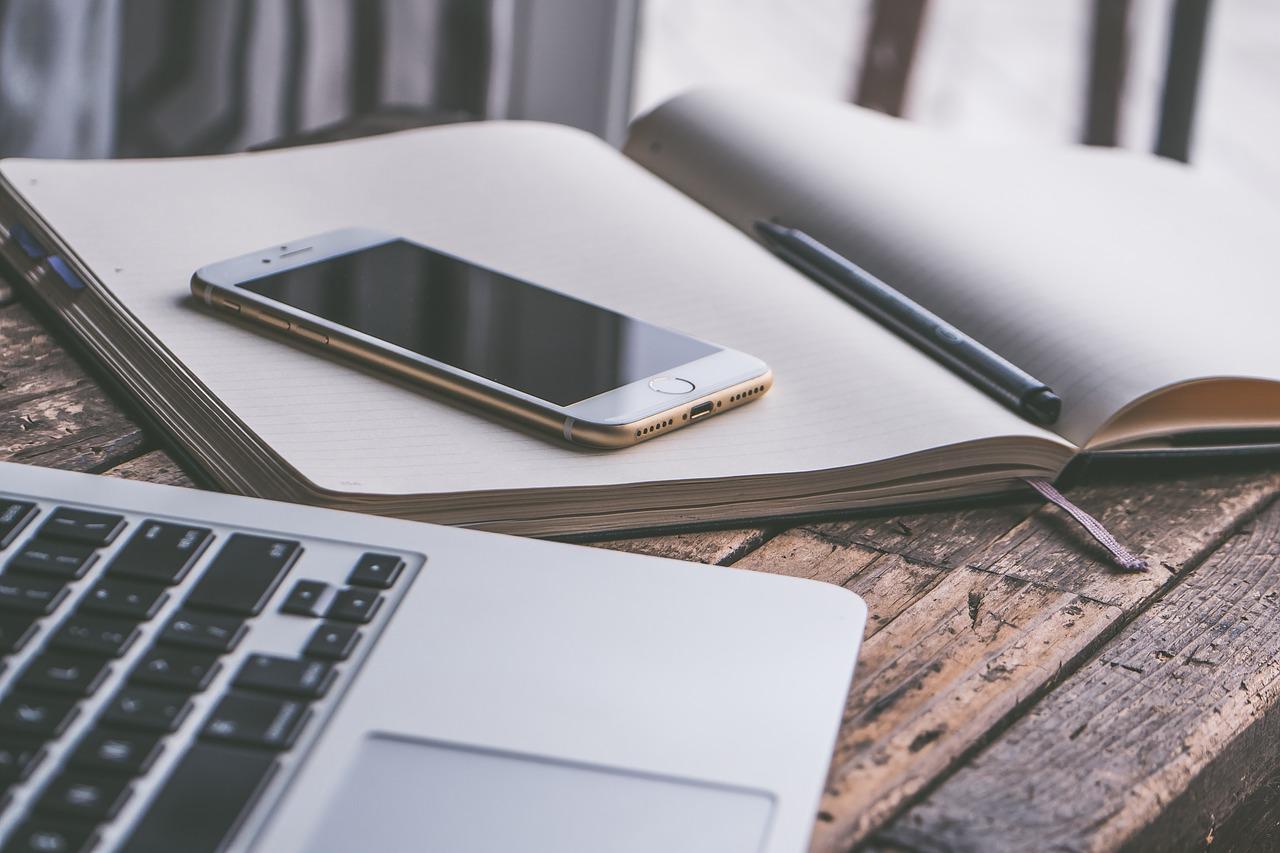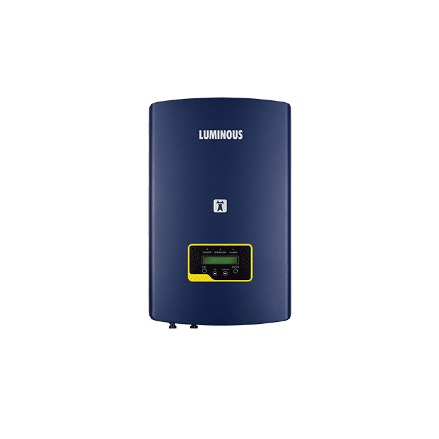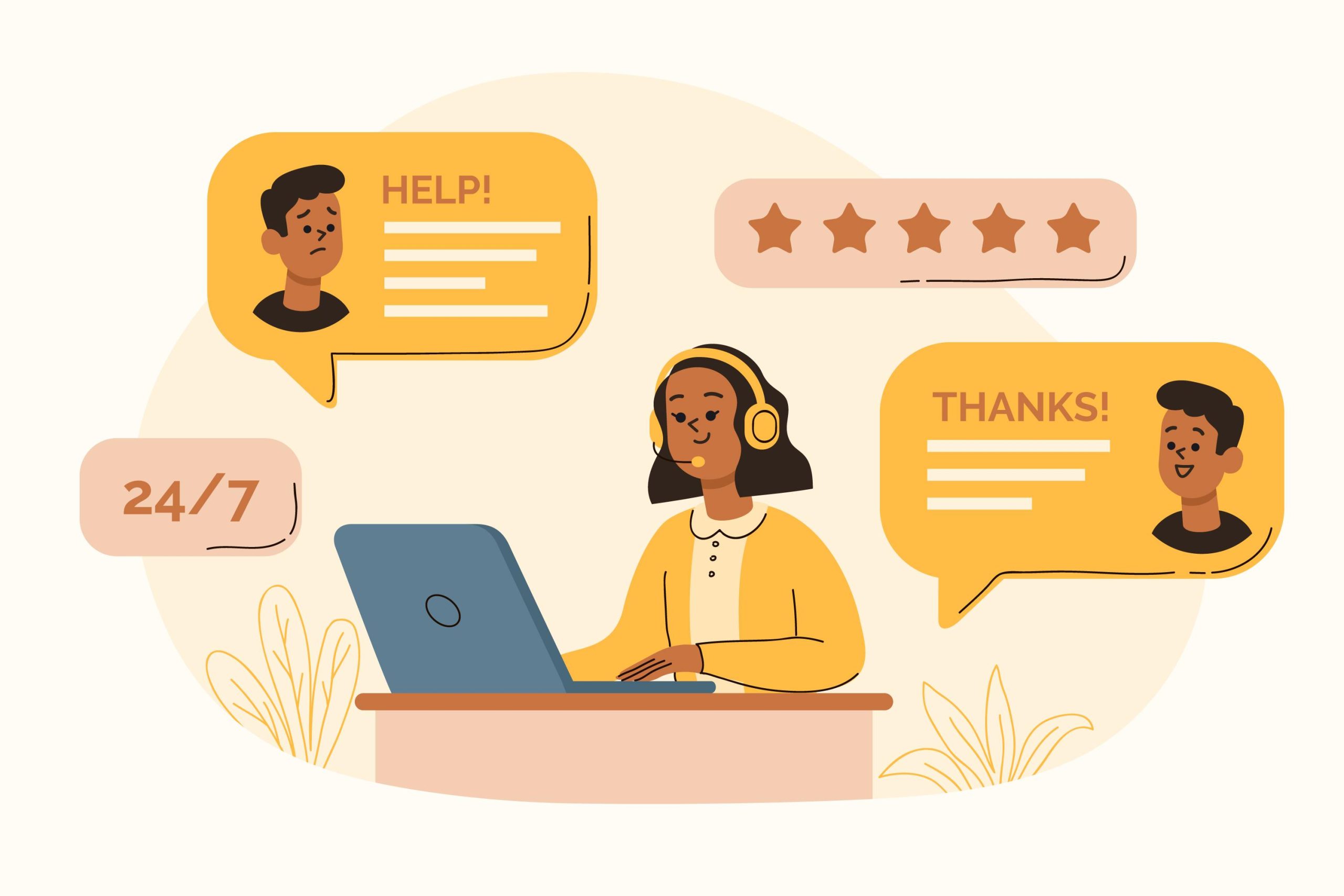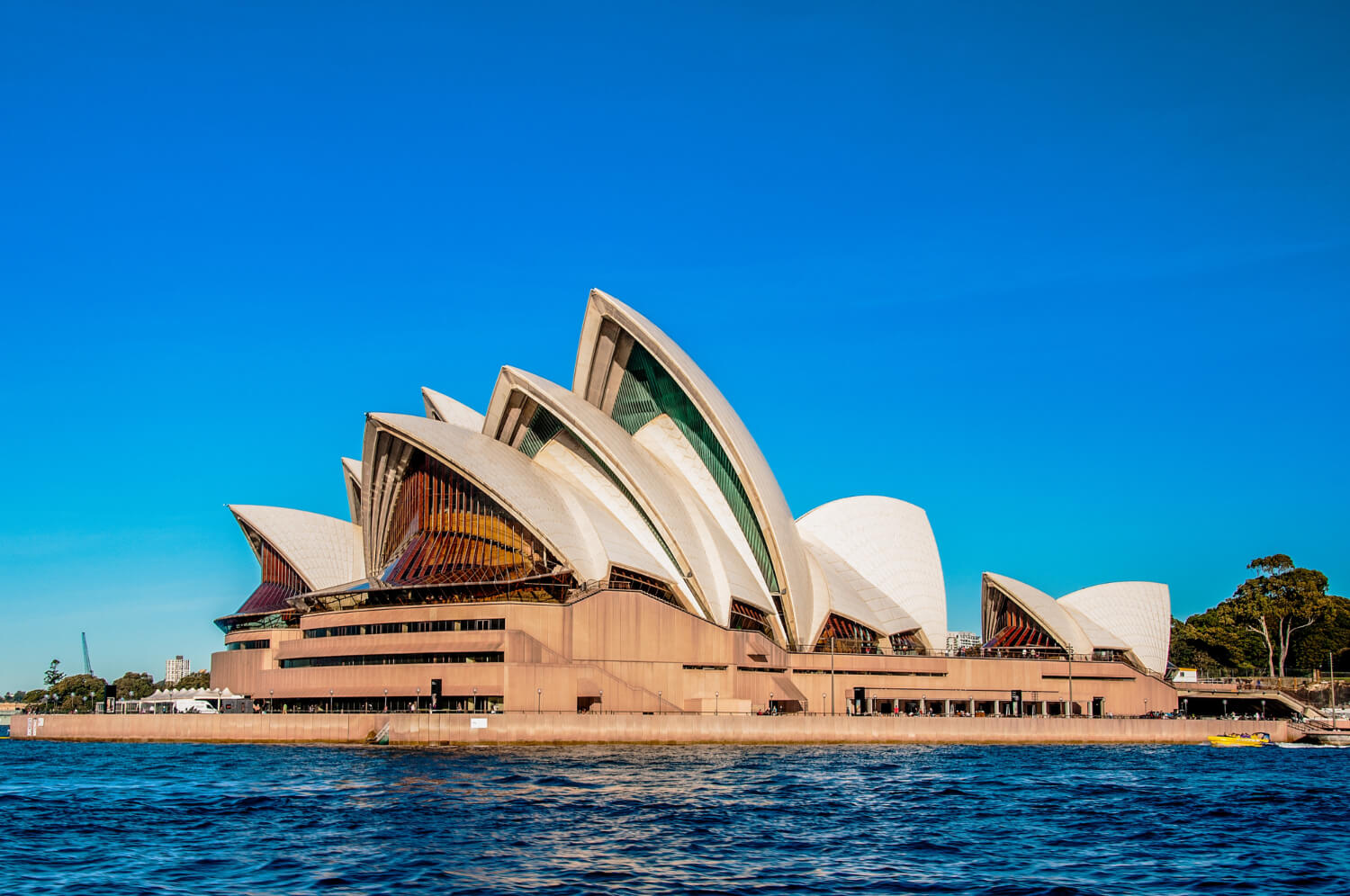After months of speculation, the iPhone SE 3 was finally launched during Apple’s 8th March event. The phone succeeds the iPhone SE in 2020, so a comparison between the two is only normal. The new iPhone SE model and its predecessor have quite a lot of similarities. Nevertheless, the iPhone SE 3 comes with a few big advancements hiding inside that budget iPhone lovers are guaranteed to appreciate. But is it worth upgrading to if you already have an iPhone SE 2? Here is a detailed breakdown of how the iPhone SE 2 and iPhone SE 3 compare.
Price
Apple didn’t retain the same price point as the iPhone SE 2 in most regions, which is likely because of the addition of 5G connectivity. Fortunately, here in Australia, we did see a slight price drop compared to the second-gen phone. The iPhone SE 2 price starts from $359 AUD at Phonebot in Australia, and the phone is a bargain at this price. Comparatively, Apple launched the iPhone SE 3 at a starting price of $719 AUD for a 64GB model, $799 AUD for a 128GB variant, and $969 AUD for a 256GB model. Given the upgrades featured on the iPhone SE 3 (albeit few), the phone offers great value for money if you are looking for an excellent iPhone on a budget.
Also Read: iPhone SE 3 in Australia- All You Need to Know?
Design
The third-generation iPhone SE retains the same familiar design as the iPhone SE (2020). In fact, it’s identical in size and appearance. The two phones share the same super-slim size and shape, and the color choices are also identical, albeit instead of the purely black color on the iPhone SE 2, you get midnight black on the newer model. This may feel like a bummer for most, but then again, you can use the same case or accessories if you are upgrading from the 2020 model. It retains the Touch ID home button. The iPhone SE (2020) and iPhone SE (2022) are both rated for IP67 water and dust resistance, and neither features MagSafe technology.
That’s not to say there aren’t any design changes whatsoever. Well, this is pretty much the only design difference. But the iPhone SE 3 is equipped with Apple’s ceramic shield glass instead of a Gorilla Glass panel. That means with the newer model, you get a smartphone that is stronger and more prone to cracks.
Display
Both phones sport the same display size – a 4.7-inch LCD screen with a 1334 x 750-pixel resolution, offering a 326ppi pixel density. The refresh rate also peaks at 60Hz. While you don’t get the awesomely deep blacks and bright peak white of OLED screens, both phones have decent displays that are punched with colors and offer an awesome viewing experience. Furthermore, they come with Apple’s True Tone technology, Haptic touch, and a P3 wide color display.
Camera
Camera-wise, there aren’t any shocking improvements featured. With both phones, you get the same 7MP f/2/2 selfie lens on the front. The rear camera configuration is also pretty much the same. The iPhone SE (2020) and its successor both have a single rear camera of 12MP with an f/1.8 aperture. However, the iPhone SE 3 does come with Deep Fusion support, Photographic styles, and Smart HDR4 for photos. Unfortunately, it still misses out on Night Mode support and 2X optical zoom.
Performance and Connectivity
The iPhone SE 3 got a huge bump in performance. The A13 Bionic chip on the second-generation iPhone SE is far from a slouch. But you will certainly appreciate the A15 Bionic chip that Apple has included in the new model. As is tradition, this is the same chipset on Apple’s current mainline phones, the iPhone 13 models. So, with the iPhone SE (2022), you get more solid and smoother performance compared to the iPhone SE 2 for all types of tasks. Whether you wish to game, scroll through social media, or simply text, you are guaranteed lightning-speed performance. As with most recent phone launches, the biggest addition to the iPhone SE 3 is 5G connectivity. Therefore, if high-speed connectivity is high on your list of phone-finding criteria, the third-generation iPhone SE is an excellent option for you.
Battery
The third-generation iPhone SE 3 gets a leap in battery life. That’s mostly thanks to the more efficient A15 chip. The iPhone SE 3 offers up to 15 hours of video playback compared to the second generation’s 13-hour video playback. Nevertheless, they both support Qi wireless charging and fast charging with an 18W adapter.
Verdict
The iPhone SE 3 is a compelling option if you are looking for a budget iPhone offering excellent performance, camera improvement, and great battery life, all packed in a conveniently compact design. However, if you are upgrading from the iPhone SE 2, you may not feel much of a difference between the two.






